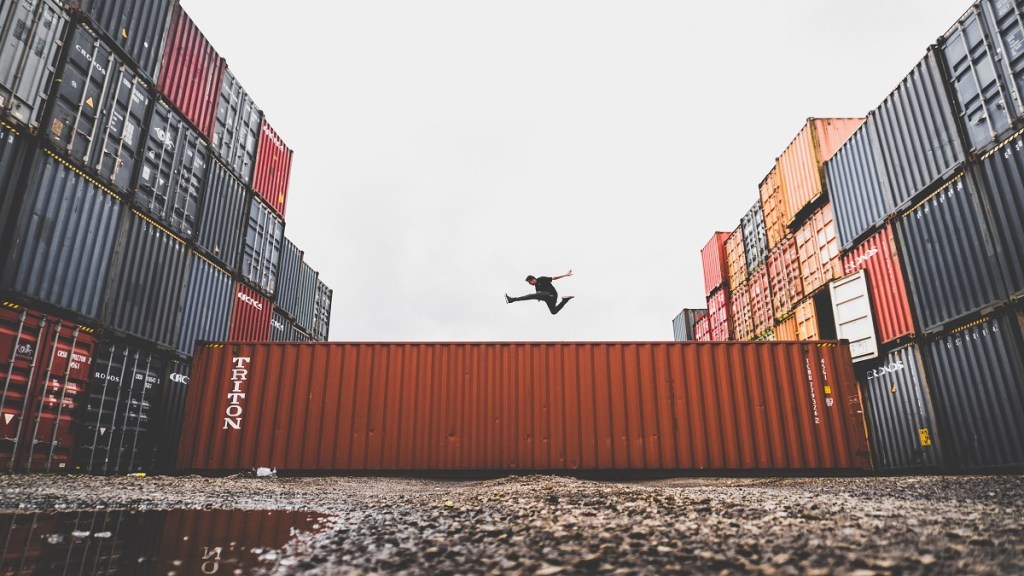– By Rahul Ahluwalia
Economic growth has been by far the biggest driver of reduction in poverty, and improvement in quality of life, both worldwide and in India. While this is commonly known, one severely underrated fact about economic growth is just how much it depends on exports and imports. Every single country that has grown rapidly in the last 70 years has done it entirely by expanding trade with the developed world. Taiwan, Japan, South Korea, China, Singapore, Indonesia, and even India are all countries that have grown fast by exporting. There are no exceptions to this rule, and for a very good reason – it is simply not possible for a poor country to grow fast without trading with a rich country! To intuitively see the reason behind this, try this thought experiment – if you want a high salary and good career growth, would you want to work for a company that makes a lot of money or one that is struggling to get by? Scale it up a little – if you’re a group of village artisans in Uttar Pradesh, would you want to sell your products to another village in neighbouring Bihar? Or would you rather find a way to target Delhi?
The same logic applies to India – we need to sell our products to the country equivalent of ‘rich’ – i.e the developed world. This runs counter to a narrative that we’ve heard a lot in the last 20 years – that India is a big market, and we can grow by focusing on the domestic market. Let’s look at some numbers to help us understand which perspective is more accurate. One way to approximate ‘how rich is a country’ is to look at GDP. India’s GDP in 2022 was ~3.3 trillion USD. This sounds like a lot, until we compare it to the OECD countries, which have a total population roughly the same as India, but their GDP in 2022 was ~60 trillion USD. This means that the OECD market is approximately 20 times bigger than the Indian market. For a more direct comparison, let us look at the market for ready made garments. The size of the Indian market is 55 billion USD. OECD? 400 billion USD. If we think of ourselves as the group of artisans, which market do we want to sell to? OECD or India?
We can also try and look at what another ‘big market’ did to successfully grow fast. China was approximately the size of the current Indian economy back in 20011, and they had ~4% share in global trade, relative to our 1.8% today. Rather than focus on their domestic market, they continued to maintain a laser sharp focus on export competitiveness for the next 15 years. Today China has nearly quadrupled their share to ~15% of the world’s merchandise exports. This also ensured that they grew very fast in that period, at nearly 8.5%. India over the same period grew its merchandise share from 0.6% to 1.8%, and our GDP grew at 6%, with a very large additional contribution from IT services exports. This may not sound like a very big difference, but had we grown at the same rate as China in this period, we would have already gone past the government’s 2025 5 trillion GDP target in 2018, the year the target was set. Compounding growth rates means that small differences can make a very large difference over time.
In some ways, this analysis also tells us about how we must grow. We have to focus on increasing our competitiveness so that we can take a larger market share of the 25 Trillion USD global exports market. We should focus on remedying the disabilities that keep India, with 20% of the world’s working age population, below a 2% share of the world export market. The learning from countries that have successfully become competitive in the global markets is that it requires the right target, the right strategy, and focused execution. Setting the right target is, hopefully, obvious – we must aim to capture a much larger share of global exports. The right strategy involves starting in the industries where there is a comparative advantage – for India this would be our abundant labour force – and focusing on getting to a large scale before moving on to high value addition. Once the large scale is established, that in itself acts as a comparative advantage for the next stage of value addition. Finally, and perhaps most importantly, is a focus on execution that works differently for different countries. In S. Korea president Park used to hold monthly meetings with top industry leaders and bureaucrats on what was preventing export targets from being met. In China large Special Economic Zones of 300 sq.km or more were created where all local leaders were given powers to make industry friendly rules and were given incentives based on how much private investment they enabled. India will have to find its own pathway, but we should not get distracted by debates focusing on whether or not it is needed. Expanding trade is our only pathway to growing fast. We must embrace the economic truth that expanding trade is India’s expressway to rapid growth and that it demands immediate action.
(Rahul Ahluwalia is the co-founder of Foundation for Economic Development.)
(Disclaimer: Views expressed are personal and do not reflect the official position or policy of Financial Express Online. Reproducing this content without permission is prohibited.)

